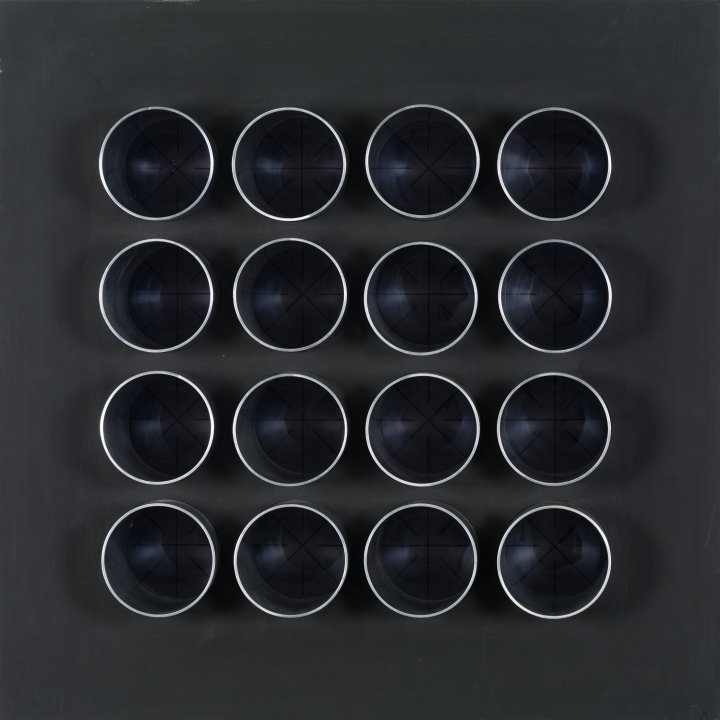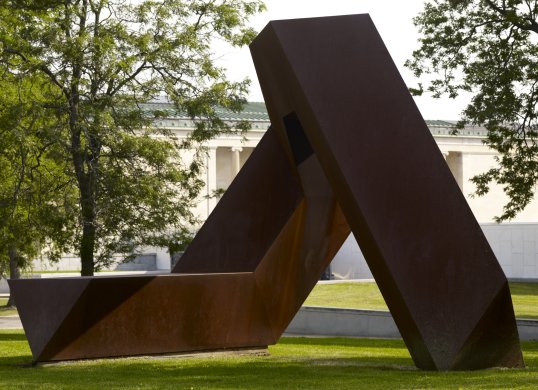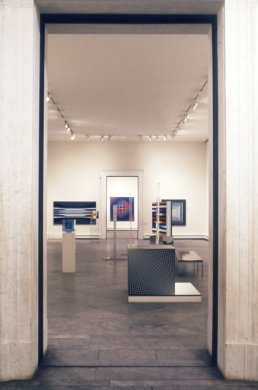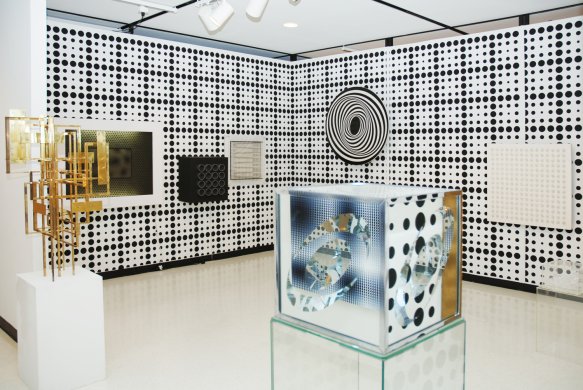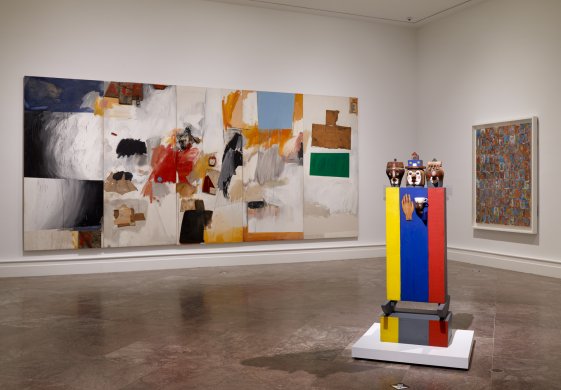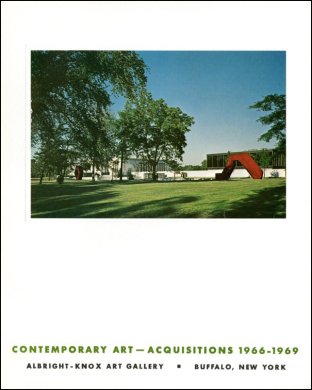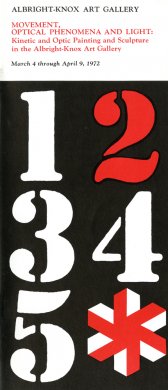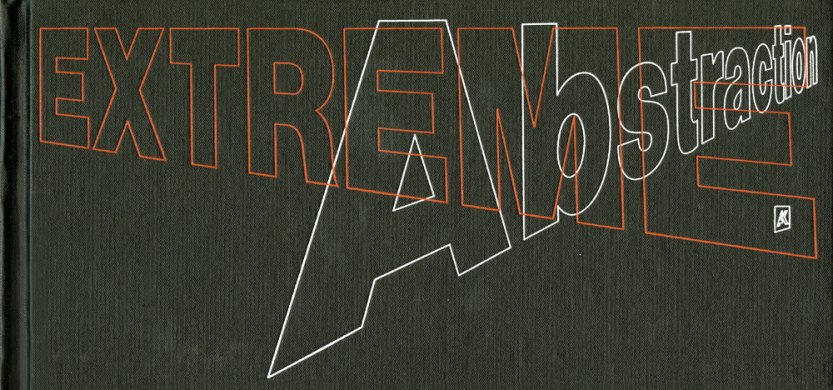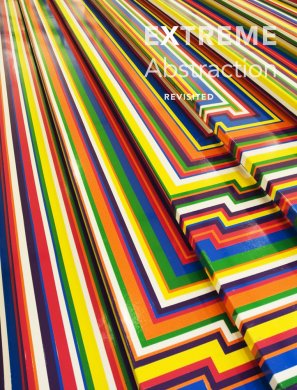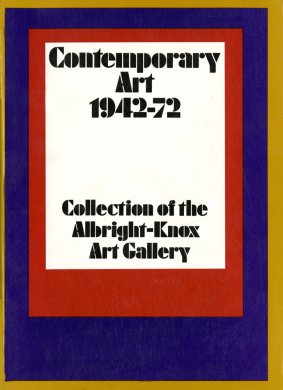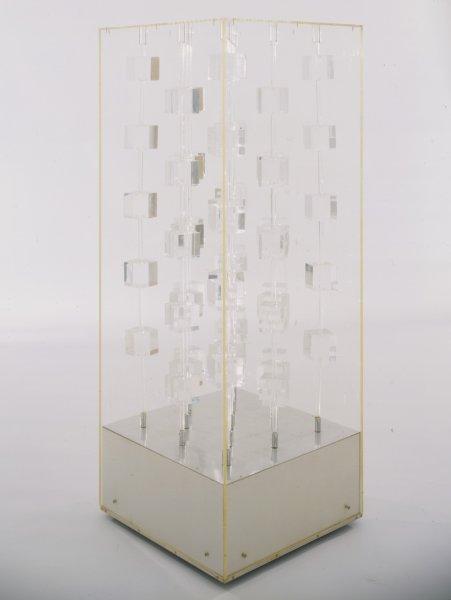Martha Boto
Argentinian, active in France, 1925-2004
Interférences Optiques (Optical Interferences), 1965
Artwork Details
Materials
wood, aluminum, light, and motor
Measurements
overall: 25 1/2 x 25 1/2 x 14 inches (64.77 x 64.77 x 35.56 cm)
Collection Buffalo AKG Art Museum
Credit
Gift of Seymour H. Knox, Jr., 1967
Accession ID
K1967:6
In the early 1960s, Martha Boto began adding motors or tinted lights to her sculptural work to explore the effects of movement, illumination, and color. She was especially interested in the ability of different industrial materials, such as aluminum and stainless steel, to modify, absorb, and reflect light. In Optical Interferences light radiates through a series of slits in a concealed turning aluminum disc and is multiplied by mirrors installed on the interior surface of the box. This effect is further enhanced by sixteen polished metal tubes mounted to the front of the work through which the viewer experiences the overall composition. Critics of the time related Boto’s sculptures to science fiction and the mystery of space travel—in the same year that the artist first exhibited these works, Yuri Alekseyevich Gagarin (Russian, 1934–1968) became the first human being to travel into space. About her work, Boto has said, “I have always been fascinated by the laws of harmony and equilibrium, which govern the cosmos through interrelations of light and movement, space, time, and color.”
Label from Giant Steps: Artists and the 1960s, June 30–December 30, 2018
